It’s commonly known that on 6 April 1652, Jan van Riebeeck landed at the Cape of Good Hope, or if you’re thát kind of person, aka the Cape of Storms. Johan Anthoniszoon ‘Jan’ van Riebeeck was a Dutch navigator and colonial administrator in service of the Dutch East India Company, the VOC.
It’s probably not that commonly known that now for a few days a week I stay in Delft, in the Netherlands. Other than the strolling through the town, enjoying the architecture, the canals, dodging the cyclists and frequenting much too frequently the many street cafes who gladly serve a wide variety of Dutch, Belgian and French beers, the mere reality of the South African historic links to this part of the world provides me with a lot of pleasure.
I received my bachelor’s degree in 1987 from the University of the Orange Free State. (This irrelevant fact becomes relevant later on, keep reading). Nowadays it’s just the Free State, the Orange have faded away in the post-modern South Africa. The Boer Trekkers, (Voortrekkers), crossed the Orange River in the 1836 ‘Groot Trek’ to settle in a new area, which became one of two so-called Boer Republics. The Voortrekkers were basically the Dutch speaking farmers and ‘Vryburgers’ (free citizens) who were disgruntled with the system of tender fraud and nepotism practiced by the government in the Cape when it came to awarding trading agreements and supply contracts for fresh produce and some barrel aged products to the many passing ships. The Voortrekkers decided to find greener pastures and headed north with all their earthly belongings loaded onto ox-wagons, probably humming Bok van Blerk’s not yet composed ‘dis tyd om te trek’ in their beards, while spitting the sap from their chewing tobacco with disgust on the Dutch Cape soil.
57 Years earlier, in 1779, one Robert Jacob Gordon, a Dutch explorer of Scottish descent, found and named the Orange River in honour of the Dutch ruling Family; Willem V van Oranje at that stage. This Robert Jacob Gordon was truly an interesting man, as among many other achievements of his, he introduced merino sheep to South Africa, and he spoke French, Dutch, English, Xhosa and Khoekhoe, the Khoisan language.
Willem the Silent, (aka Willem van Oranje) was born in the Nassau Castle to the Count of Nassau-Dillenburg, (in modern day Germany near Koblenz, and a mere 70km from where I stay in Bad Honnef, when I’m not in Delft) on 24 April 1533. Born into the House of Nassau, the 11-year-old Willem inherited the principality of Orange from his cousin René of Chalon in 1544. Surrounded by France, Orange was a sovereign territory of about 12 by 25 kilometres, near Avignon in the Rhone basin. Willem van Oranje is thereby the founder of the Oranje-Nassau branch and the ancestor of the monarchy of the Netherlands.
Prins Willem served the Habsburg dynasty as a member of the court of Parma, bringing Italy into this story as well, but he became increasingly unhappy with the centralisation of power away from the local estates. Furthermore, he was opposed to the Spanish persecution of the Dutch protestants, and the the Spanish king, King Philip II’s way of evangelising with the sword.
Willem joined and then led the uprising and turned on his previous masters leading the Dutch in this revolt. Willem was subsequently declared an outlaw in 1580 by the Spanish King. He was assassinated by a Spanish assassin Belthasar Gèrard on the steps of his residence in Delft in 1584 and his remains buried in the tombs of the Nieuwe Kerk on the market square. Prins Willem van Oranje is generally seen as the father of the independent Netherlands. My daily walks take me past Prinsenhof, the residence of Willem van Oranje, passing the Stadsbakkerij which was the inn where the assassin Belthasar stayed on his murder mission and over the Marktplein in front of the breath-taking Nieuwe Kerk.
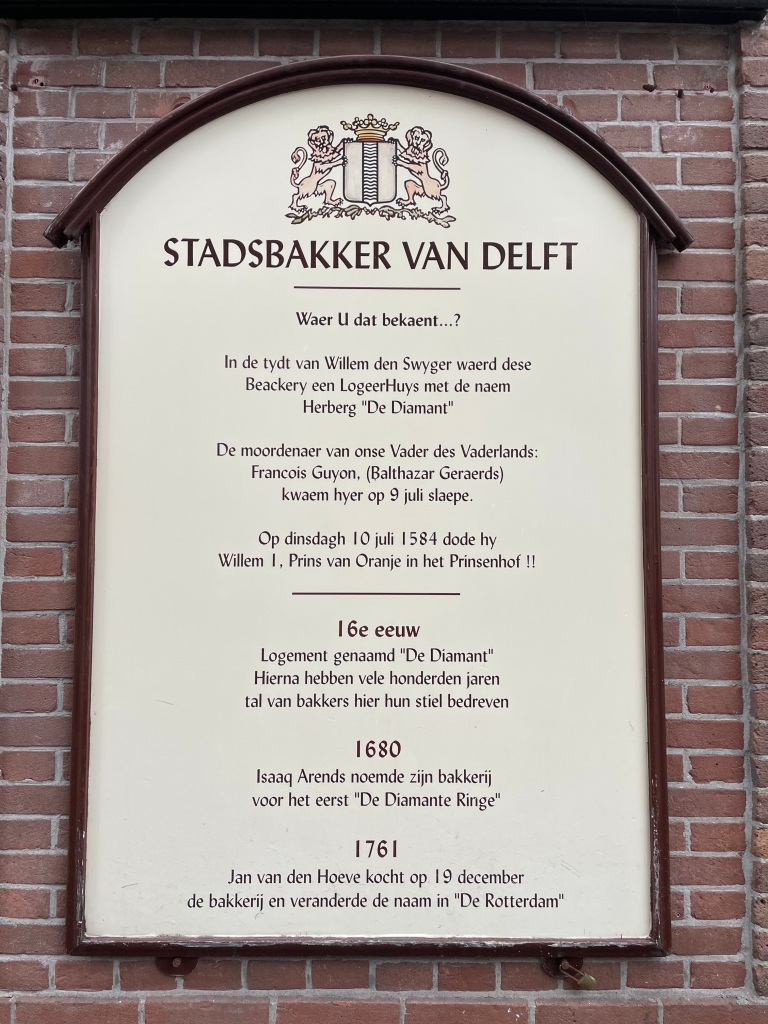


When Jan landed at the Cape of Good Hope 68 years later, and built his castle, the five bastions, Oranje, Nassau, Leerdam, Buuren and Katzenellenbogen, were named after Willem.
‘Foreshore’ a last little bit of castle trivia; did you know that the Kasteel de Goede Hoop was originally on the water’s edge, but land was reclaimed in the so-called Foreshore Plan in the early 1900s, which ‘moved’ the castle inland by about 1 kilometer?
While I’m sitting in the quaint Eetcafé de Ruif staring over the old canal in Vrouwenrecht (street), I’m reminacing over my Texels ‘Skuimkoppe’ beer (genuine, that’s the beautiful name). Its 5 April, and tomorrow its 370 years ago that Jan van Riebeeck landed at the Cape of Storms aka Cape of Good Hope. I suppose it depends whether you’re a glass half empty or a glass half full type of person which name you use the most often.
Jan left for the Cape of Good Hope from Texel island on 24 Dec 1651 and set foot to shore in Vals Bay on 6 April 1652. Jan grew up in Schiedam, a town just outside Rotterdam through which I commute daily. He joined the Vereenigde Oost-Indische Compagnie (VOC) in 1639, and I can just presume that he either worked at or at least visited the company’s Delft offices many times. 850m from where I’m sitting is the Oost Indiëplaats and the old offices of the Dutch East Indië Company’s Delft offices. The VOC is still believed to be the biggest company to have ever existed.
Some further info and reminiscing: The VOC (Vereenigde Oostindische Compagnie) became so big that they, as a listed company had their own ‘military’ fleet to protect their trade. As a company, they even declared war on governments of countries. However, they became so big that the costs to protect their trade actually liquidated them in the end.
I have researched my family tree, and I know that my great great (not sure how many greats are required here) grandfather joined the VOC as a ‘dragonder’ which is basically a soldier, and he landed in the Cape in 1796, just three years before the VOC went bankrupt. I like to think his (huge) salary is therefore partly to blame for this financial downfall of the largest company ever.
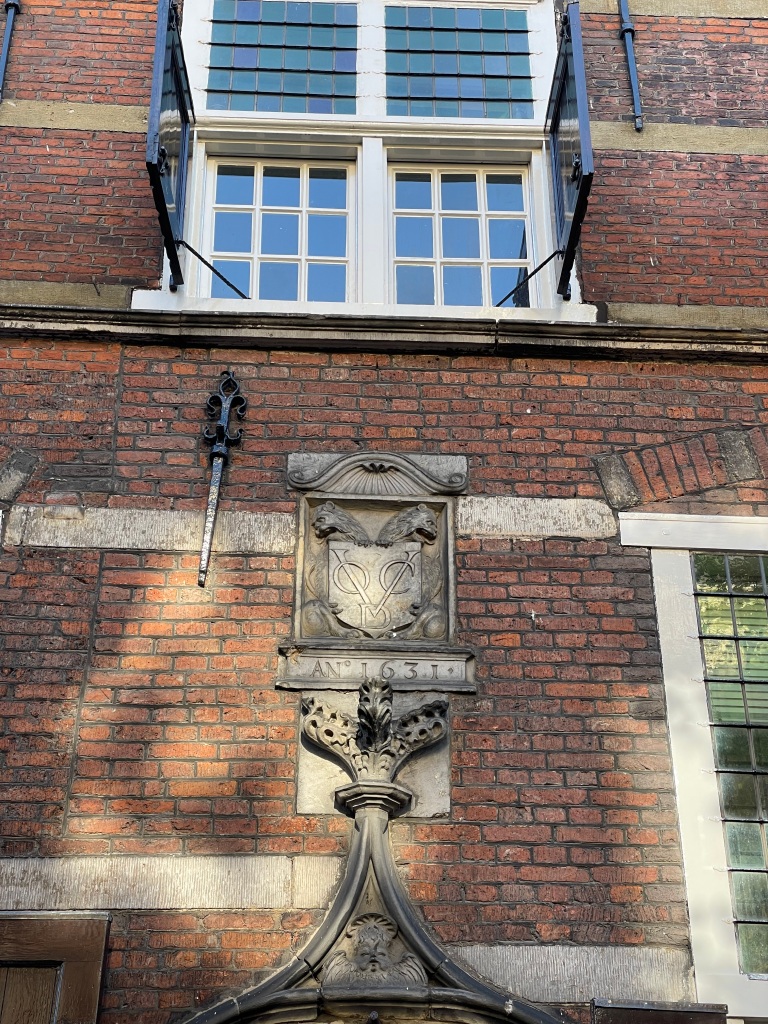
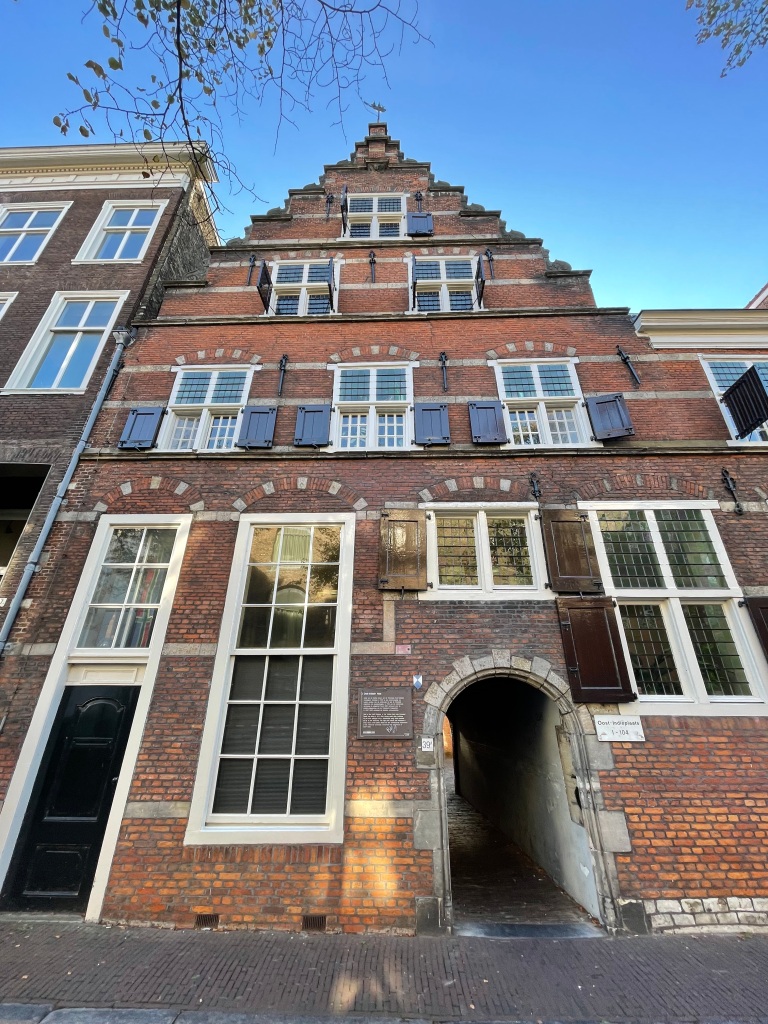
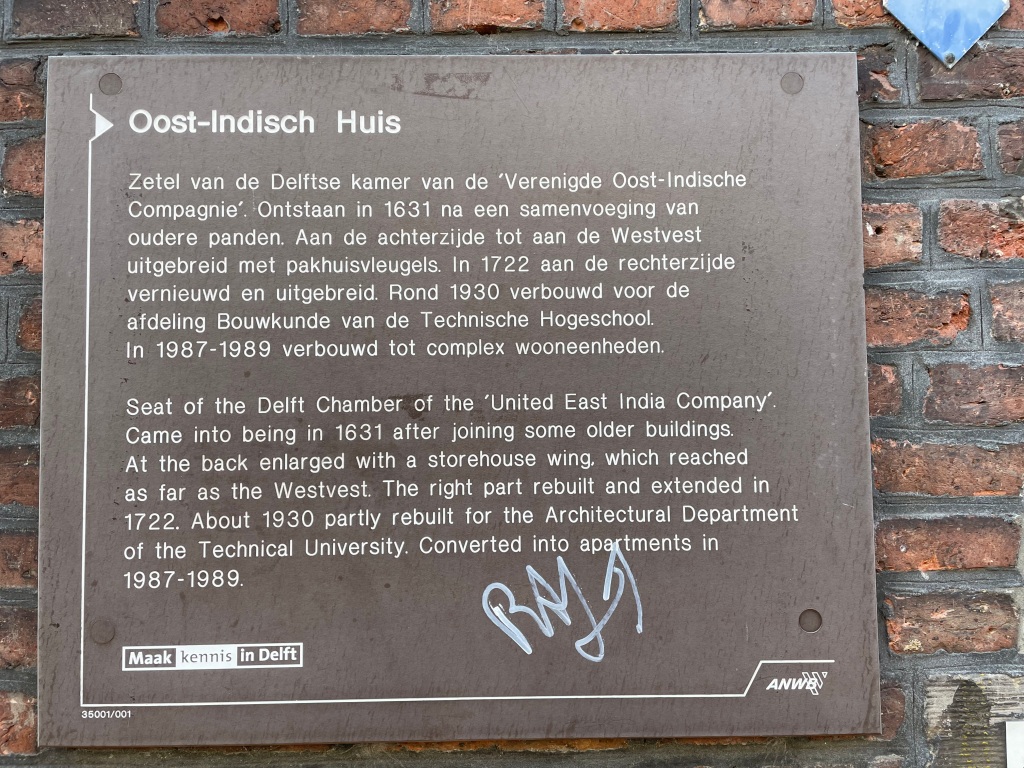

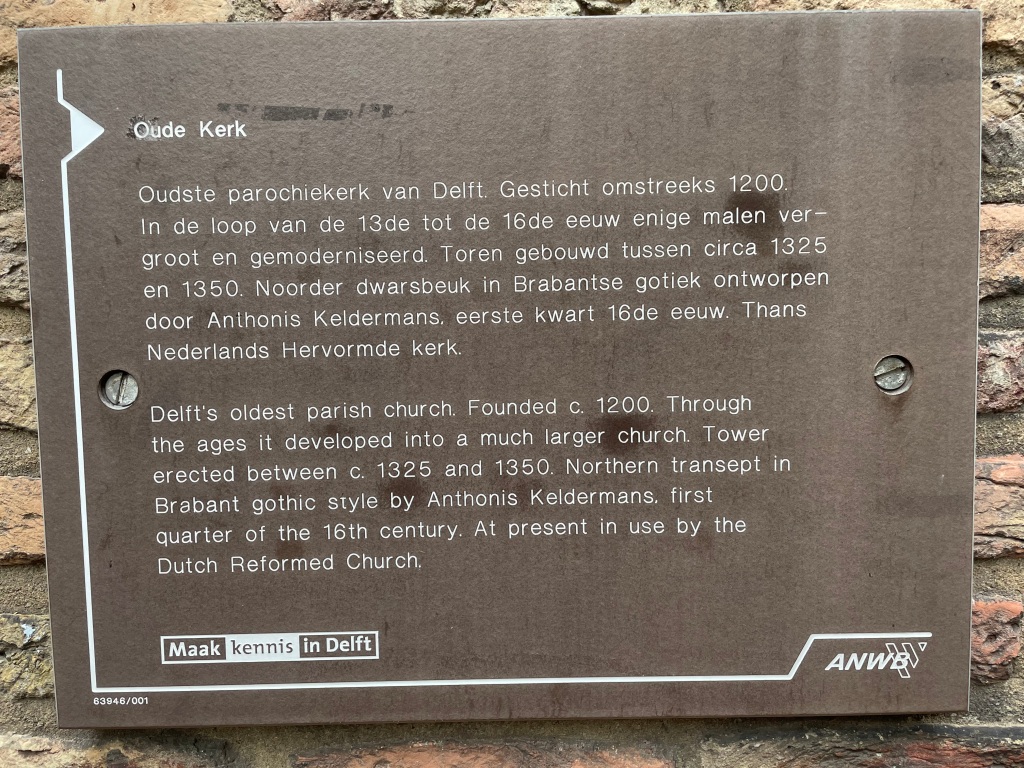
So my question is; what did ‘oupa’ spend my inheritance on, cause I ‘ain’t seen nothing yet?’

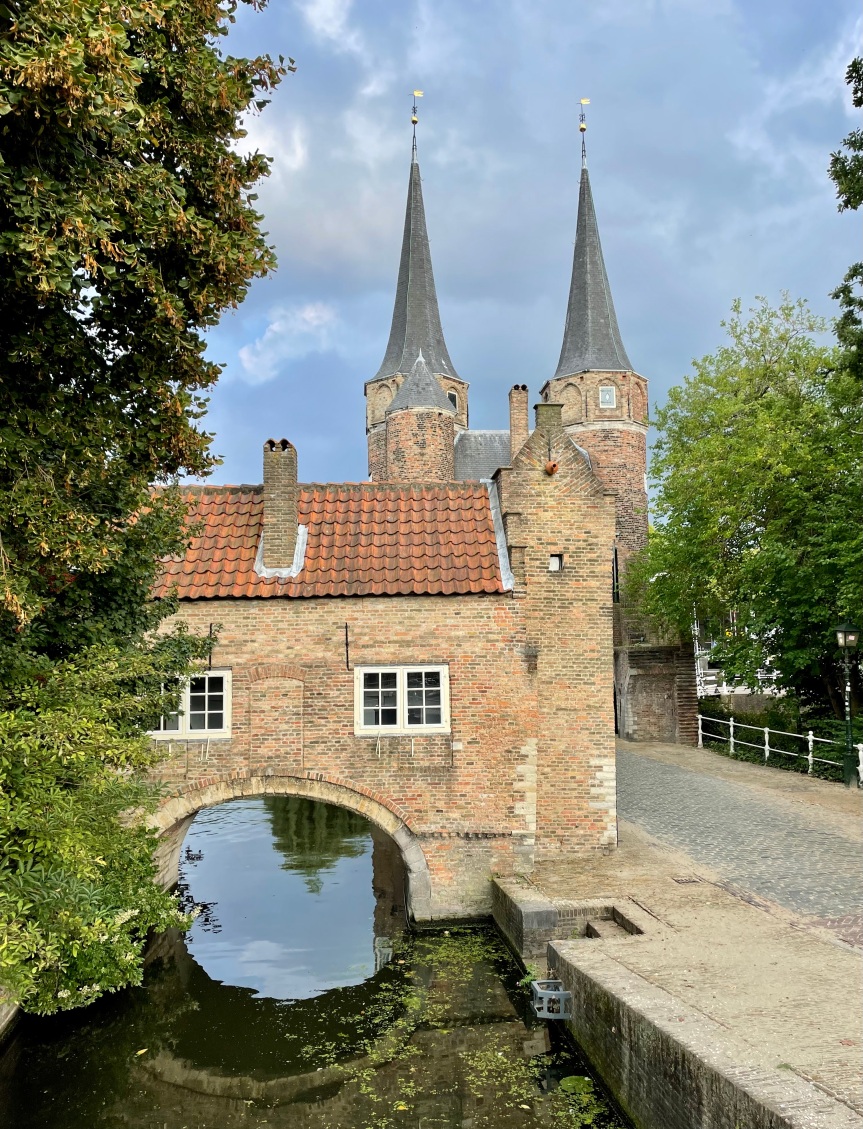

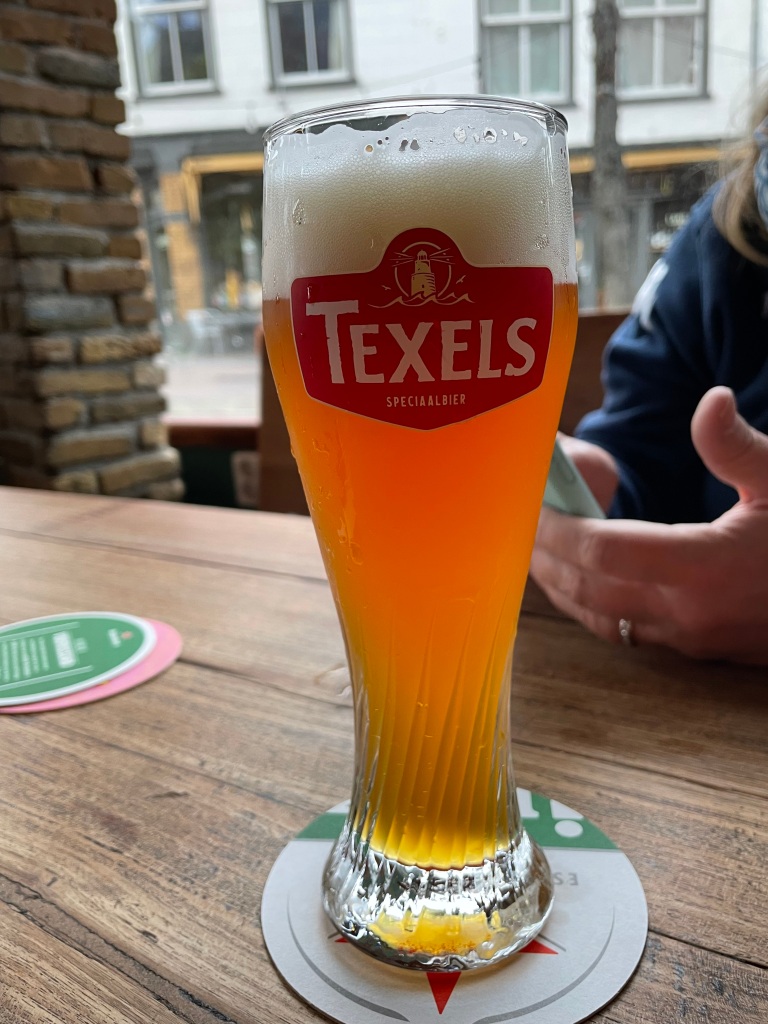

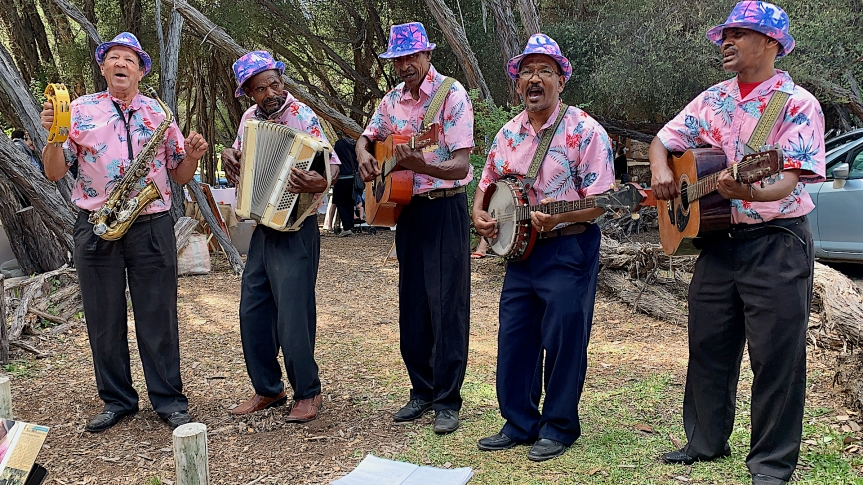



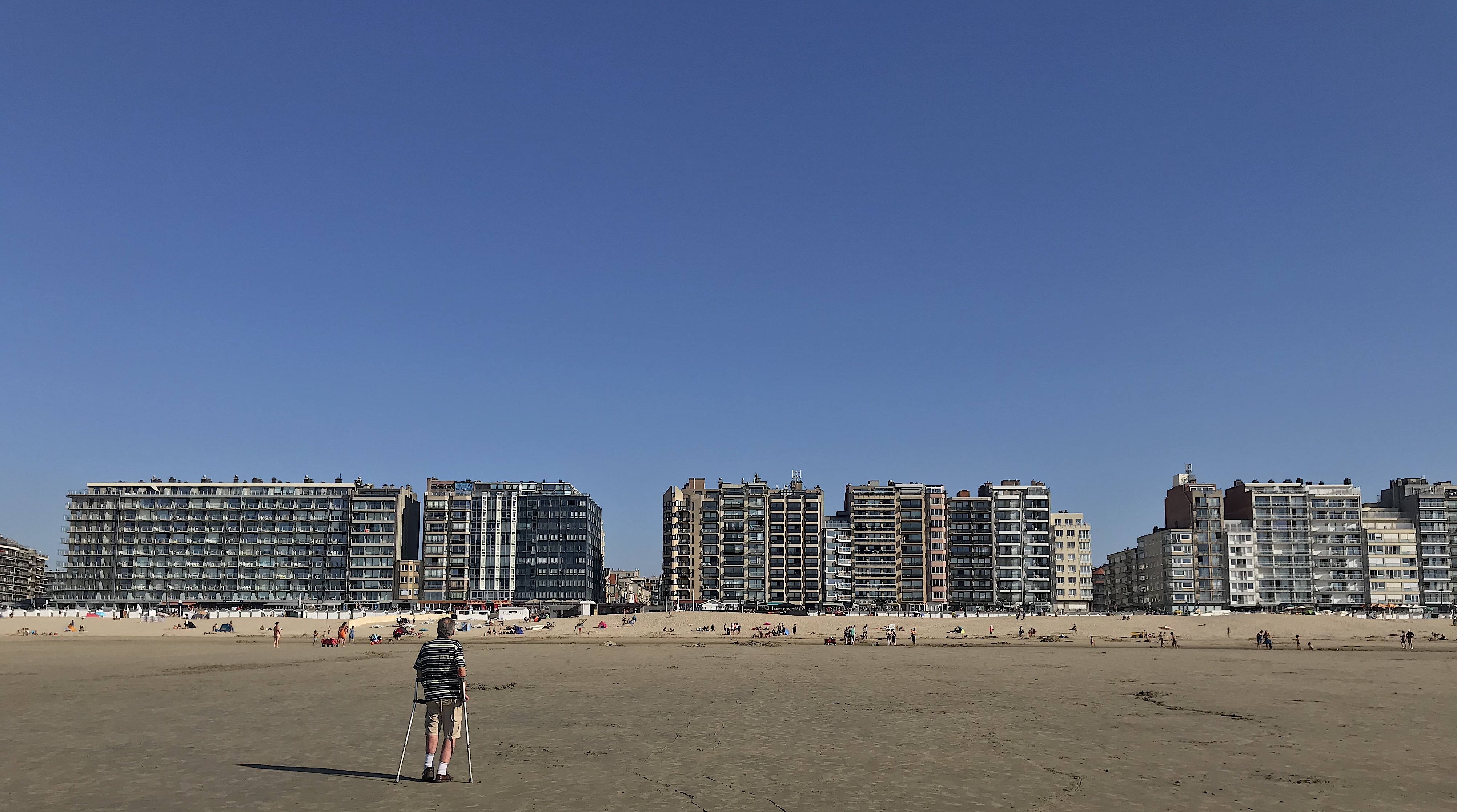
 can be seen and visited all over this area. In the town itself I was mesmerised by the ‘Menin Gate War Memorial to the Missing’. Its a war memorial ‘gate’ where every evening at 20:00 the ‘last post’ is sounded as a gratitude from the people of Ypres to those who sacrificed their lives in battle. Its large Hall of Memory contains names on stone panels of 54,395 Commonwealth soldiers who died in the Salient but whose bodies have never been identified or found – simply missing.
can be seen and visited all over this area. In the town itself I was mesmerised by the ‘Menin Gate War Memorial to the Missing’. Its a war memorial ‘gate’ where every evening at 20:00 the ‘last post’ is sounded as a gratitude from the people of Ypres to those who sacrificed their lives in battle. Its large Hall of Memory contains names on stone panels of 54,395 Commonwealth soldiers who died in the Salient but whose bodies have never been identified or found – simply missing.

